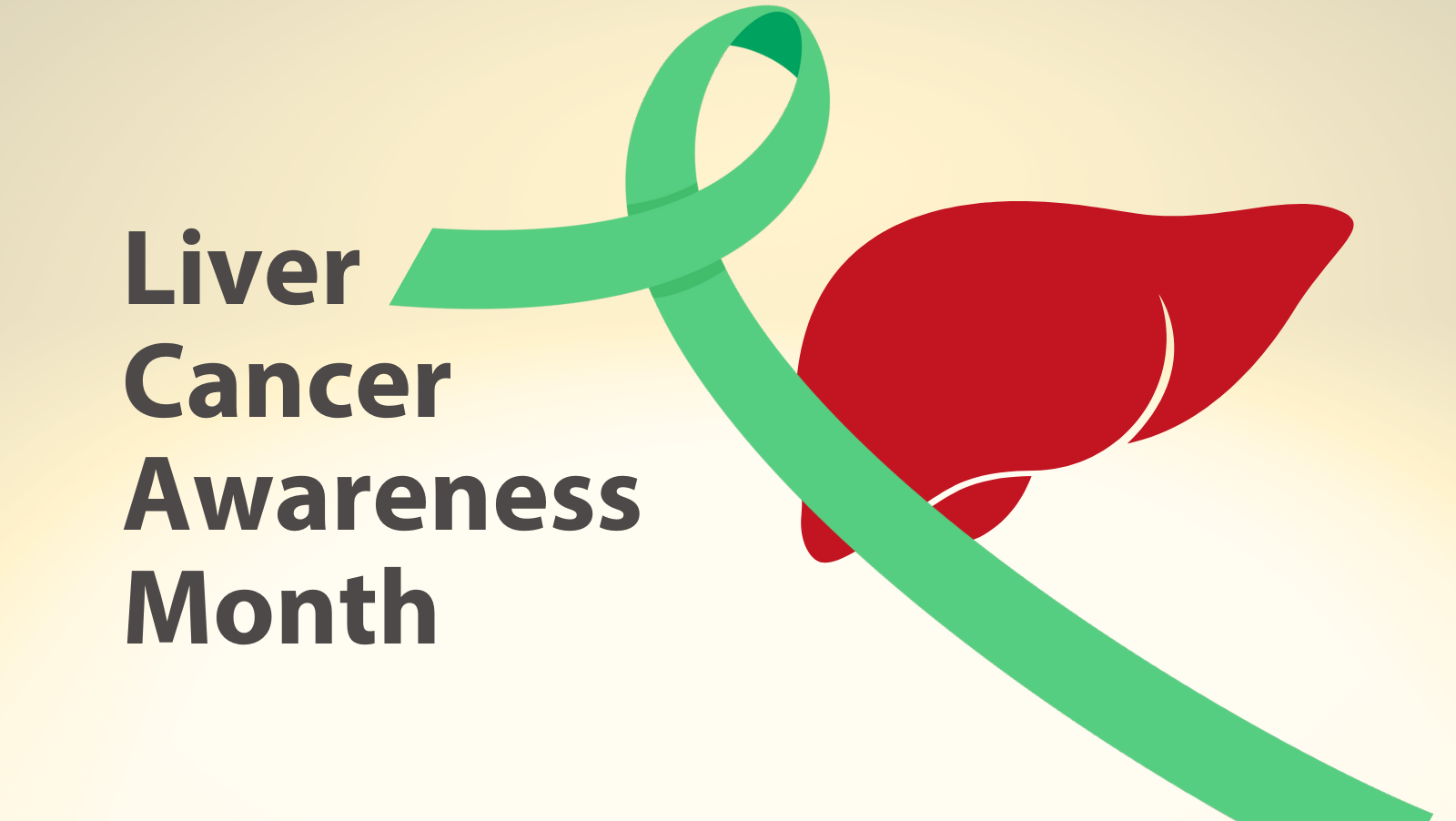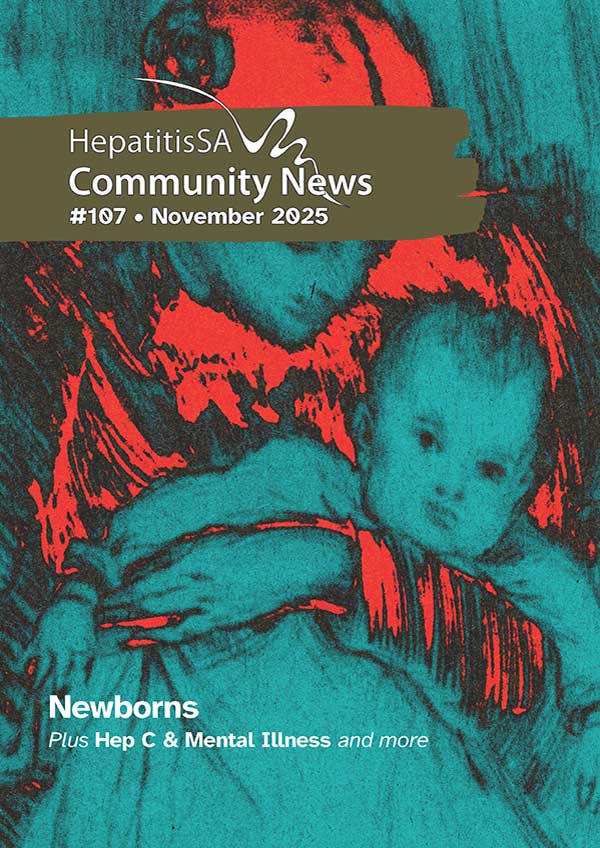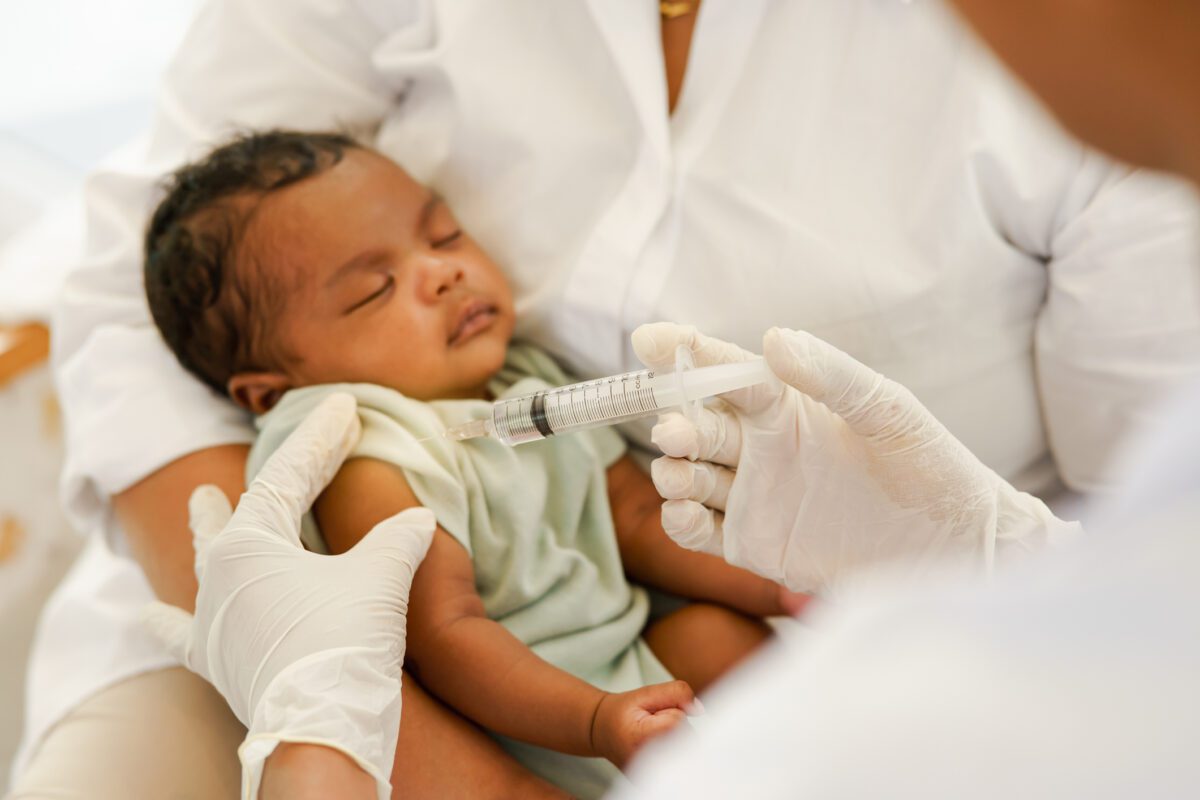As we mark Liver Cancer Awareness Month, one question jumps out: Why is the rate of liver cancer increasing when there are effective ways to prevent it? The biggest risk factor for liver cancer is long-term undiagnosed or untreated hepatitis B or hepatitis C. These two conditions can remain in you for decades without manifesting obvious symptoms, while, often silently, causing serious liver damage. Clearly, the prevention and treatment of hepatitis B and hepatitis C will reduce the rate of liver cancer, and we have the tools for both, hence that question.
Today hepatitis C can be cured in as little as eight weeks – simply, with highly effective tablets that have few side effects. For hepatitis B, there is a safe vaccine as well as effective drugs to manage the condition and prevent damage to the liver. Yet liver cancer is on the rise. The latest figures show that an estimated 3,200 people in Australia are diagnosed with liver cancer each year, compared with 2000 a decade ago, even though there are more effective prevention tools available now.
More than 200,000 people in Australia live with hepatitis B; and sadly, 74,000 people in Australia continue to live with hepatitis C even though the antivirals that cure the disease have been universally available in Australian since 2016.

While routine hepatitis B vaccination of newborns helps to reduce new infections, three quarters of people living with hepatitis B are still not receiving regular care; regular monitoring is crucial to the prevention of disease progression in hepatitis B.
In South Australia only 17 to 23 per cent of people with hepatitis B are receiving care, lagging behind the national average, and well short of the target of 50 per cent. In a county where health services are relatively affordable and accessible, one in four people with hepatitis B, and one in five with hepatitis C, remain undiagnosed, leaving them at risk of serious liver disease.
… World Hepatitis Alliance will be launching the first-ever World Hepatitis Testing Week.
Australia has signed up to the World Health Organization (WHO) target of eliminating viral hepatitis by 2030, a mere six years away. One vital step to achieving viral hepatitis elimination is to improve access to testing. Recognising the importance of increasing hepatitis testing, come November, the World Hepatitis Alliance will be launching the first-ever World Hepatitis Testing Week.
With the advent of rapid testing, community based organisations such as Hepatitis SA have, in the past year, stepped up and have taken hepatitis C testing to communities, but hepatitis B rapid testing remains unavailable. Until those rapid tests are approved, people who want to get tested for hepatitis B will have to approach their GPs.
For individuals, there are other things which can be done to help maintain liver health, such as healthy eating, regular physical activity, and avoiding (or reducing) alcohol. This would also help to reduce other liver cancer risk factors such as fatty liver. Action can be taken at many levels – it’s time to act.
Read more:
More on liver cancer and liver cancer statistics. More about hepatitis B and hepatitis C. Learn interesting facts about your liver.
Sources:
- World Hepatitis Day Factsheet 2024, Hepatitis Australia.
- National Surveillance for Hepatitis B Indicators: Annual Report 2022, Tracking Australia’s Progress Towards Hepatiits B Elimination, WHO Collaborating Centre for Viral Hepatitis, The Doherty Institute.
- Unpublished data provided by Kirby Institute, via Hepatitis Australia.
Last updated 14 November 2024
More from:
Enjoyed this article? Subscribe to be notified whenever we publish new stories.
Subscribe for Updates





